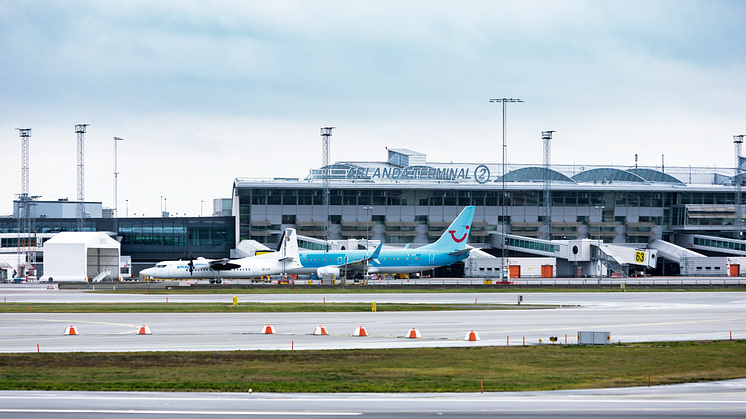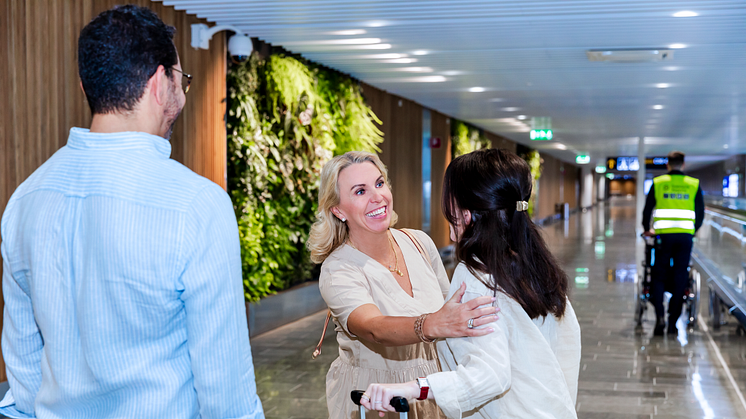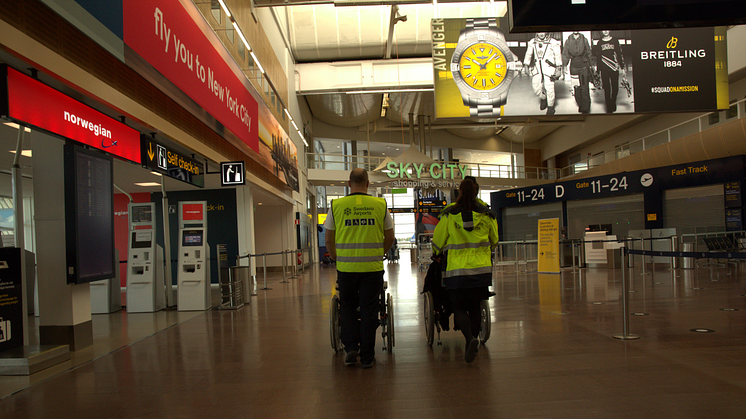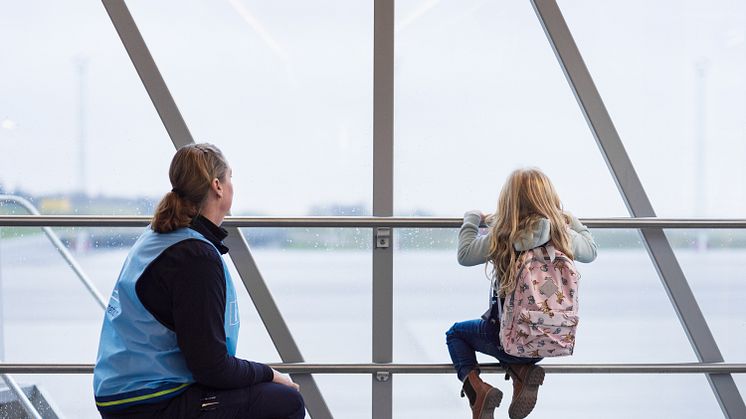
Swedavia’s traffic statistics for March 2024
During March, almost 2.5 million passengers flew via Swedavia’s airports. International travel continued to show a positive trend during the month and increased by 5 per cent compared to March of last year, while domestic travel showed a weaker trend as a result of an early Easter this year, which resulted in lower demand for domestic travel.



